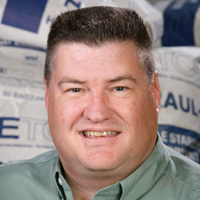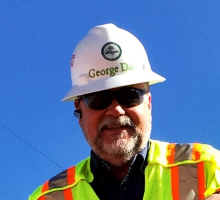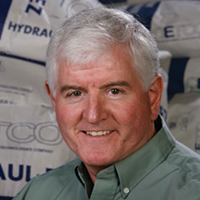Home » drilling fluids
Articles Tagged with ''drilling fluids''
New NSF/ANSI 60 Certified Fluids from Aquasol
Aquadril LC, Aquadril D Powders Address Drilling Fluid, Mud
March 9, 2016
What Should Drillers Know About WOTUS?
New Waters of the U.S. Regulations Could Have Major Impact
Read More
Keep the info flowing with our eNewsletters!
Get the latest industry updates tailored your way.
JOIN TODAYCopyright ©2024. All Rights Reserved BNP Media.
Design, CMS, Hosting & Web Development :: ePublishing













